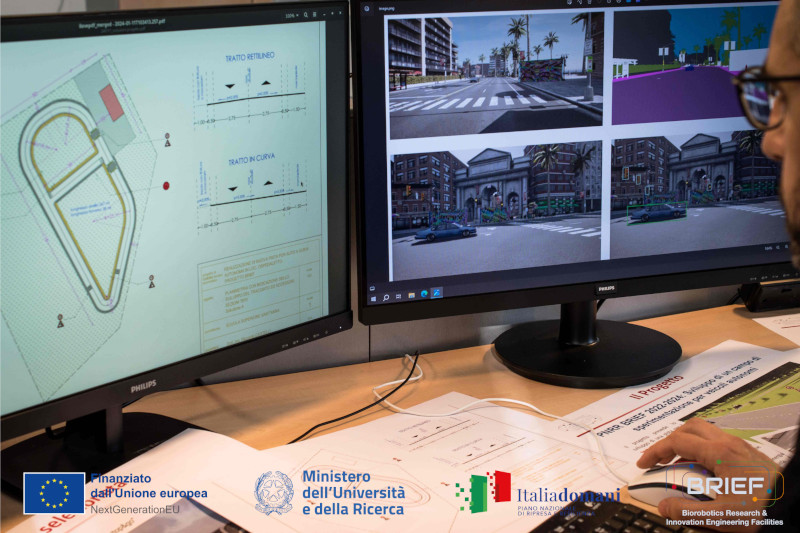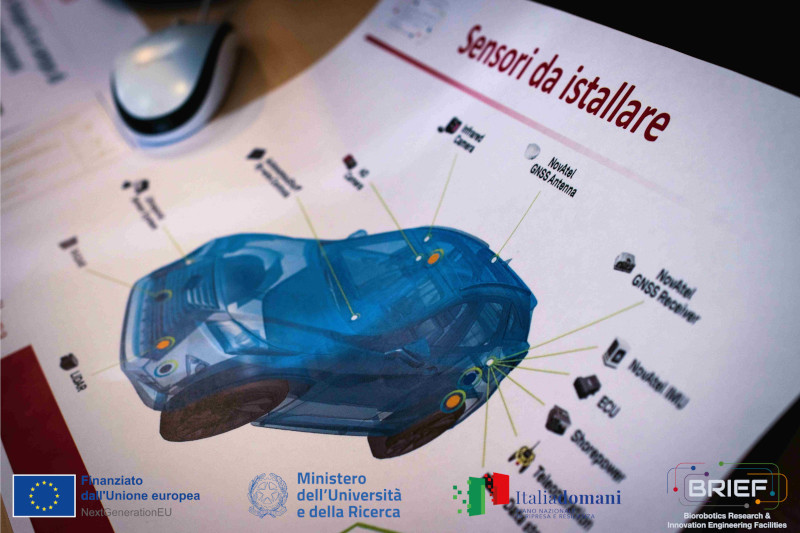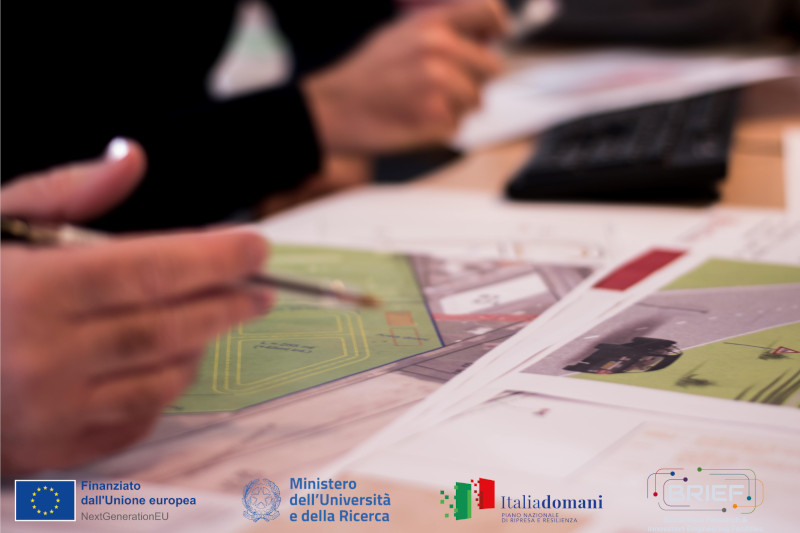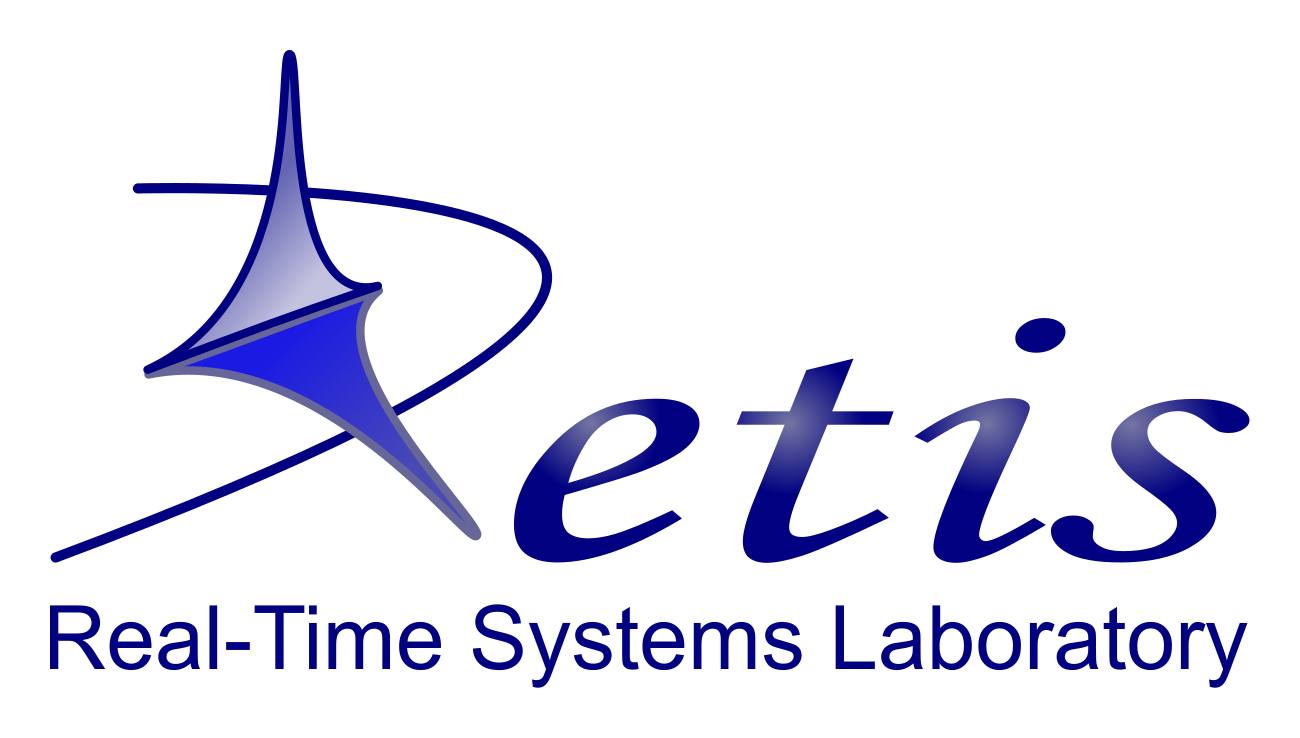The Sant’Anna School builds a racetrack in Pisa to conduct tests on driverless cars. This racetrack project finds support within the activities of the BRIEF (Biorobotics Research and Innovation Engineering Facilities) project, a complex research infrastructure led by the Sant’Anna School of Advanced Studies and funded by the National Recovery and Resilience Plan.
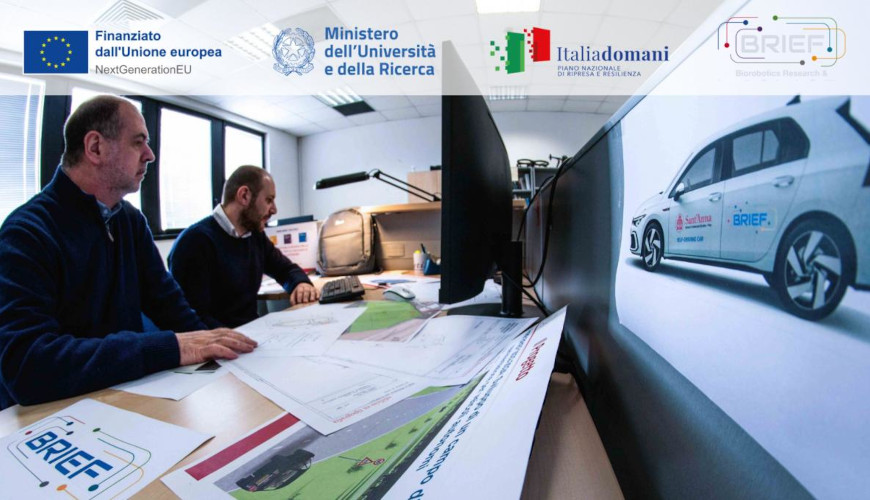
The racetrack, operational by the end of 2024, will be built on a 15.000 sqm plot of land granted on a free loan to the Sant’Anna School by the Municipality of Pisa, which wanted to allocate this area to foster the development of applied research on frontier issues.
The facility will be an equipped platform, unique in Italy, to validate emerging technologies made possible by artificial intelligence, robotics, cybersecurity, and 5G and 6G mobile radio networks applied to autonomous driving, used to increase the degree of autonomy and mobility of people with disabilities.
The research infrastructure led by the Sant’Anna School of Advanced Studies will be able to receive researchers from around the world to carry out specific research activities, taking advantage of the potential that the BRIEF project and the PNRR program offer.
The BRIEF project took first place in the evaluation of the International Commission of the “Data, Computing and Digital Research Infrastructures” (DIGIT) area, ranking first on the call for research infrastructure funding of the National Recovery and Resilience Plan under the European NextGenerationEU program, for investments in the Pisa and Pontedera areas.
When the racetrack has become operational, a research team composed of faculty, researchers from the TeCIP (Telecommunications, Informatics and Photonics) and Mechanical Intelligence Institutes of the Sant’Anna School, under the leadership of Giorgio Buttazzo, professor of information processing systems, will be able to experiment with the application of new methodologies and algorithms to make the intelligent vehicles of the future safer and more reliable, speeding up development and testing time in realistic urban environments. In the coming months, calls will be opened to select young people to work on research activities using the Ministry of University and Research budget.
The Sant’Anna School has also purchased a state-of-the-art car that will be sensorized with cameras, radar, and lidar and move autonomously thanks to artificial intelligence algorithms for environment perception and vehicle control. The autonomous driving software system will be entirely open and modifiable so that frontier research will be possible.
After being completed, the racetrack will look like a real racetrack, built on a plot of about 15,000 square meters, about 300 meters long, with a 100-meter straight: autonomous vehicles will be tested here to evaluate their maneuverability, safety, control software architecture, and perceptual capabilities under different environmental conditions. This will be an equipped open space where a realistic urban environment will be reconstructed with intersections, traffic lights, and road signs where methodologies for developing autonomous vehicles for transporting people with disabilities, equipped with systems to facilitate their boarding, disembarkation, and user interface to give voice commands, will be safely tested. Networked sensors and cameras will monitor the area to evaluate the performance of the algorithms and vehicles tested, and a building will also be constructed to be used as an infrastructure control station.
Meanwhile, the Sant’Anna School says it is ready to initiate collaborations with companies and research centers interested in the infrastructure project, which is proposed as a cutting-edge center for testing innovative algorithms and systems of a heterogeneous nature. Companies could benefit from a service and a solid link to cutting-edge research, while research centers could count on an experimental platform that can act as an incubator and accelerator of new services for health, sports, transportation, society, and industry.
For this reason, the Sant’Anna School intends to strengthen its collaboration with entities in the Tuscan territory, give the investment a congruent technical dimension, and strengthen its partnerships with companies that have shown interest in or realized autonomous driving systems in the past.
